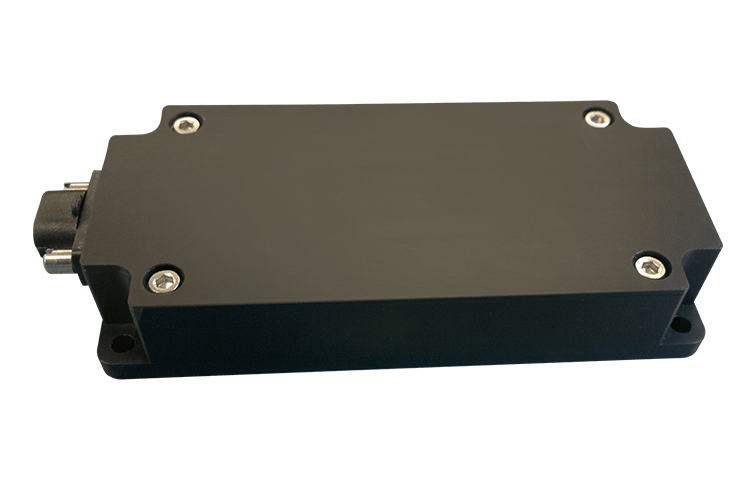
This document serves as an introductory outline for the ADCS subsystem, responsible for determining and manipulating the orientation of the satellite when in space. This document does not go in-depth on the specifications and requirements of the subsystem. These can be found under other pages in the ADCS Wiki. Instead, this page covers general knowledge to familiarize the reader with the role of the subsystem, giving surface level descriptions based on knowledge found in literature.
The Attitude Determination and Control Subsystem (ADCS) is responsible for orienting the spacecraft when in space. This is crucial to a wide range of missions as other subsystems rely on the spacecraft orientation to work, such as communication, solar panels, and cameras.
To do this, external reference points are measured through the use of sensors. Common reference points can range from distant starts to the Earth's magnetic field, measured using specifically tailored sensors. Applying an algorithm, the sensors' input is used to calculate the spacecraft's location and orientation.
Once its orientation is known, actuators maneuver the spacecraft according to parameters required by the mission. Actuators take advantage of their environment and the laws of physics to orient the spacecraft as desired.
As mentioned, ADCS acts as the eyes and limbs of the spacecraft, allowing it to see its surroundings and react accordingly. No two ADCS designs are the same, as each one is designed specific to the mission parameters. However, all designs are a combination of a handful of available sensors and actuators.
Star trackers come with varying complexity. The methods described here may not hold true for a star tracker used on a CubeSat. However, the general process should remain similar.
Using what is essentially a digital camera, the star tracker snaps a photo of distant stars and compares the image to an internal catalog.
As the sensor is essentially a camera, some basic knowledge in photography is useful, such as with controlling field of view and the image resolution.

CubeStar star tracker designed and sold by CubeSpace.
Magnetometers measure the magnetic field of the planet, as well as any other local magnetic fields produced by the spacecraft.
Local magnetic fields "can be produced by ferromagnetic materials or by current loops in solar arrays, electric motors, payload instruments, or most especially attitude control torquers." These local fields can be accounted for if they are known. Otherwise, the magnetometer can be installed at a distance from potential magnetic contamination.
The magnetometer can serve two functions: as an attitude sensor or to compute magnetic torque commands. When used as an attitude sensor, the magnetometer relies on a well-mapped magnetic field for accurate measurements and is thus restricted for use in low-Earth orbit. On the other hand, this is not necessary if the measurements are only used to compute magnetic torque commands.

NSS Magnetometer designed and sold by NewSpaceSystems, found on the CubeSatShop.